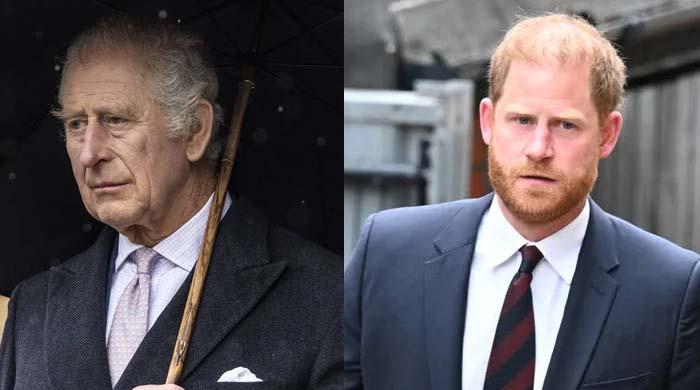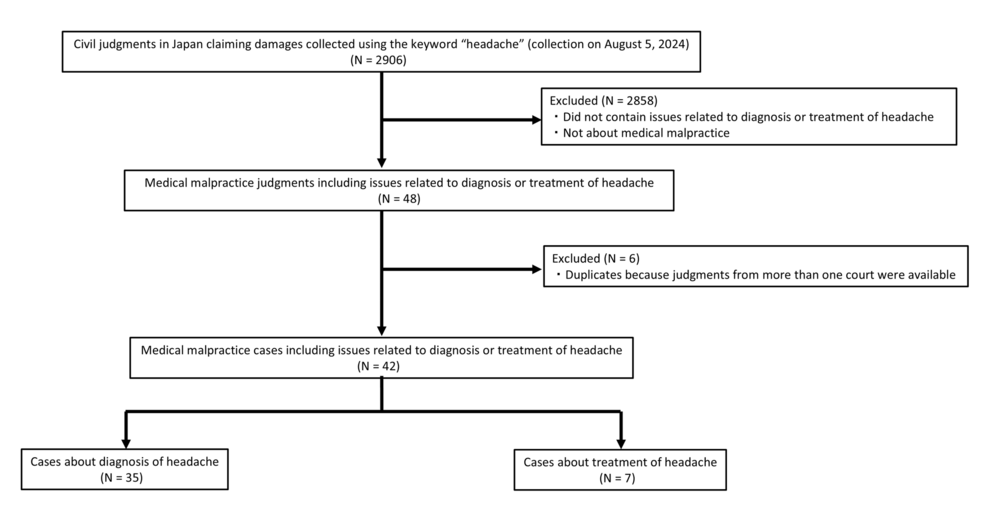By Elena Vardon
Spectris said that private-equity firm Advent International has informed the company it won't go forward with its takeover offer after being outbid by KKR.
The U.K. precision-measurement company agreed to the terms of an improved cash offer from KKR valuing the target at 4.2 billion pound ($5.65 billion)--or 41.75 pounds a share--last week. On Tuesday, it withdrew its intention to recommend Advent's slightly lower offer in the latest twist in a protracted bidding war.
The group on Friday said that Advent confirmed that its latest offer valuing each Spectris share at 41 pounds was final and wouldn't be increased. Advent informed the company that it no longer wishes to proceed with a deal.
Spectris's board acknowledged this and said it released the suitor from its obligations under the U.K. takeover code.
Spectris shareholders are set to vote on KKR's improved offer on Aug. 27.
Write to Elena Vardon at elena.vardon@wsj.com
(END) Dow Jones Newswires
August 11, 2025 01:40 ET (05:40 GMT)
Copyright (c) 2025 Dow Jones & Company, Inc.
The articles, information, and content displayed on this webpage may
include materials prepared and provided by third parties. Such
third-party content is offered for informational purposes only and
is not endorsed, reviewed, or verified by Morningstar.
Morningstar makes no representations or warranties regarding the
accuracy, completeness, timeliness, or reliability of any third-party
content displayed on this site. The views and opinions expressed in
third-party content are those of the respective authors and do not
necessarily reflect the views of Morningstar, its affiliates, or employees.
Morningstar is not responsible for any errors, omissions, or delays
in this content, nor for any actions taken in reliance thereon.
Users are advised to exercise their own judgment and seek independent
financial advice before making any decisions based on such content.
The third-party providers of this content are not affiliated with
Morningstar, and their inclusion on this site does not imply any
form of partnership, agency, or endorsement.












